This post was published August 2023. Publication date renewed May 2024 to allow full access.
Dear Friends and Family,
Sun sets at Midnight Dome in the land of the midnight sun: Yukon, where autumn was the glory of October gold and firelight red just a week ago, and today, it is the color of November back home—trees undressing not so slowly, showing now the shoulders of nakedness, bark the color of a mud-stormed sky. Midnight Dome is a mountain top that sits some 500 meters above Dawson City, called a city because it once was but is now little more than a town of few more than 1300 people, a place of Jack London fame and the call of the wild, of gold-rush fame, of the peoples of little fame who came first, the Tr’ondek Hwech’in, which is to say, “the people of the Klondike River,” the Gwich'in Throndiuk River by its first name, emptying as it does into the Yukon River, traveling north to the Bering Sea where once there was a strait.
I have been here a week, not at this mountain top, but down in the floodplain of Dawson and the bush across the Yukon River to the west, accessible by ferry only, where I have camped every night until tonight. Tonight, I am out in the open, hoping to chance a glimpse at the aurora borealis, should it reveal its verdure across the night sky, come parting clouds. There is no light up here save that of the moon, and the clouds are thick in places, scattered in others, a scant promise of the North’s dancing light.
There is much more to say about this place than I am prepared to say today, only because I’m still taking it in, having wandered the ramblings of London and others and imagined getting here not so long ago when the only artery was a river. It does not seem strange to me the hold this place has had on wave after wave of peoples. Today, we might declare a certain appeal to its rugged wildness, even to winter’s austerity. We could give over to nostalgia for another time in another place, a time and place where life was and still is lived so very close to the elements—there’s no easy comfort in a cold so cold as here in December when the sun disappears, even when the fire is raging. We must come to comfort from within in its absence in the world.
Homes and buildings in Dawson and everywhere in Yukon, for that matter, are log and wood plank, not one of them square with the ground beneath them, that ground a surface layer above permafrost, which heaves and gives as the seasons change like the torso rising and falling with the breath, only more slowly, which is why the roads are dirt. Why bother to mend and mend again a paved road, no match for a breathing Earth? And the people who live on the west side of the Yukon River where I have slept will hunker down about a month from now for four to six weeks waiting for the river to freeze, no ferry running—why fight the forces of nature to push against a sheet of ice that soon will be thick enough for dump trucks to cross? This is the time to stock up the larder, load up the woodstove, chop more wood, load it up again, smoke the last catch, put up the last of the stone fruits, and read to each other.
Gratitude.
Some of you have recently become paid subscribers. Thank you. You have moved me. By supporting this publication, you tell me Beyond the Comfort Zone means something to you, and that means something to me, and because this is so, together, we play in the field of giving and receiving, receiving and giving. I quite like this field. I hope you do, too.
Forthcoming.
Today, I give you a first-of-the-month interlude of images from the Dalton trek and Top of the World road I took from Tok, Alaska to Dawson last week where the endless silence and aliveness untamed blurred, for me, the distinction between Earth and Sky, world and me, everywhere a flux of air in tiny droplets of water, droplets smaller than the eye can see but as a whole rendering distance granular, textured; air a chiasm, which is to say, a gap that looks both ways and so is not a gap at all but a field alive with communion.
Where go I? Little do I know. From here, I will head south toward Whitehorse, Yukon. I hear of Nordic hot springs to have a bath just north of there, and I’ll replace two tires eaten at by the gruel of gravel before continuing on. Wildfires now forbid passage across two of three possible routes out of here. As of today, retracing my steps along the Alcan, cutting through the middle of British Columbia, seems viable.
I would like to say I know what we’ll explore together in September, but August’s emergent theme of uncertainty, which we never finished—she says with tongue in cheek—seems to be the prevailing current. Is uncertainty not the way of water? A flowing stream needs not know where it flows but that it flows. . . .
Ever delighted to share this journey with you,
Renée


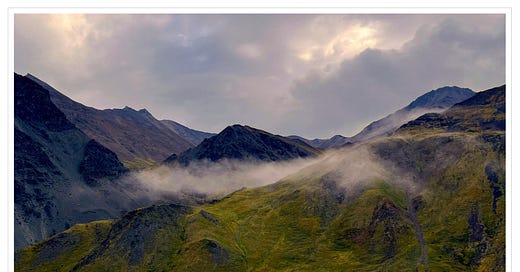




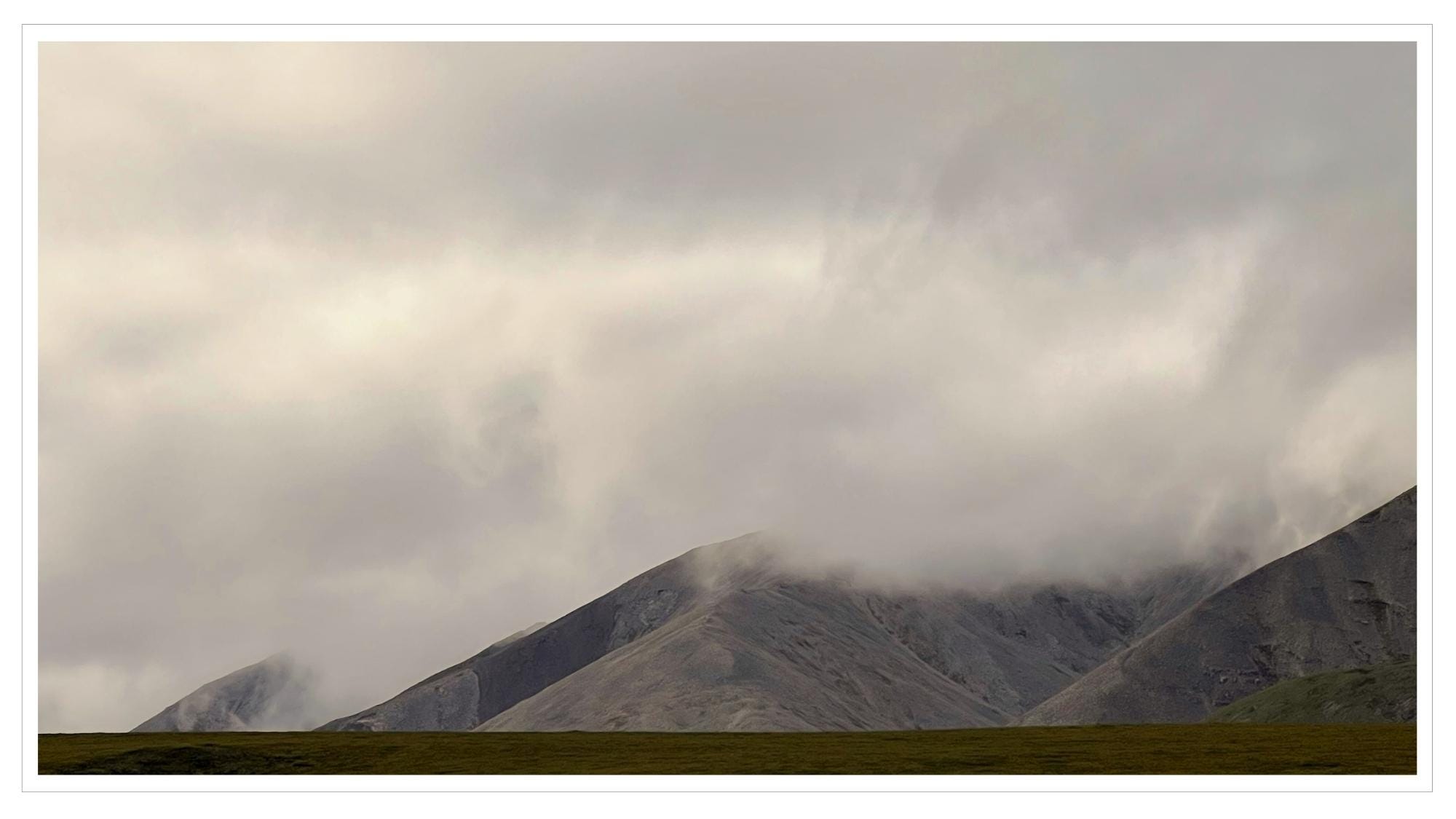
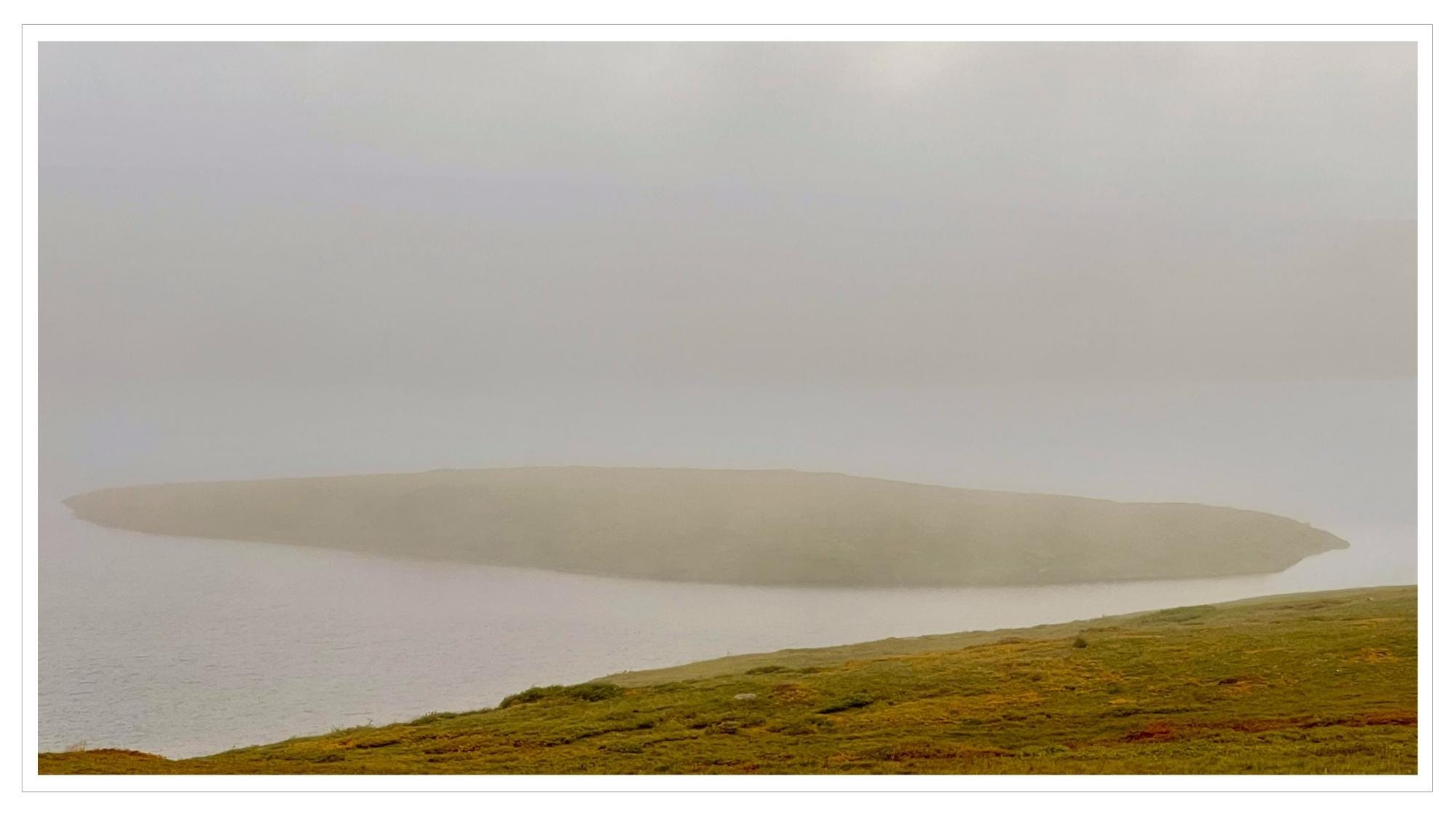
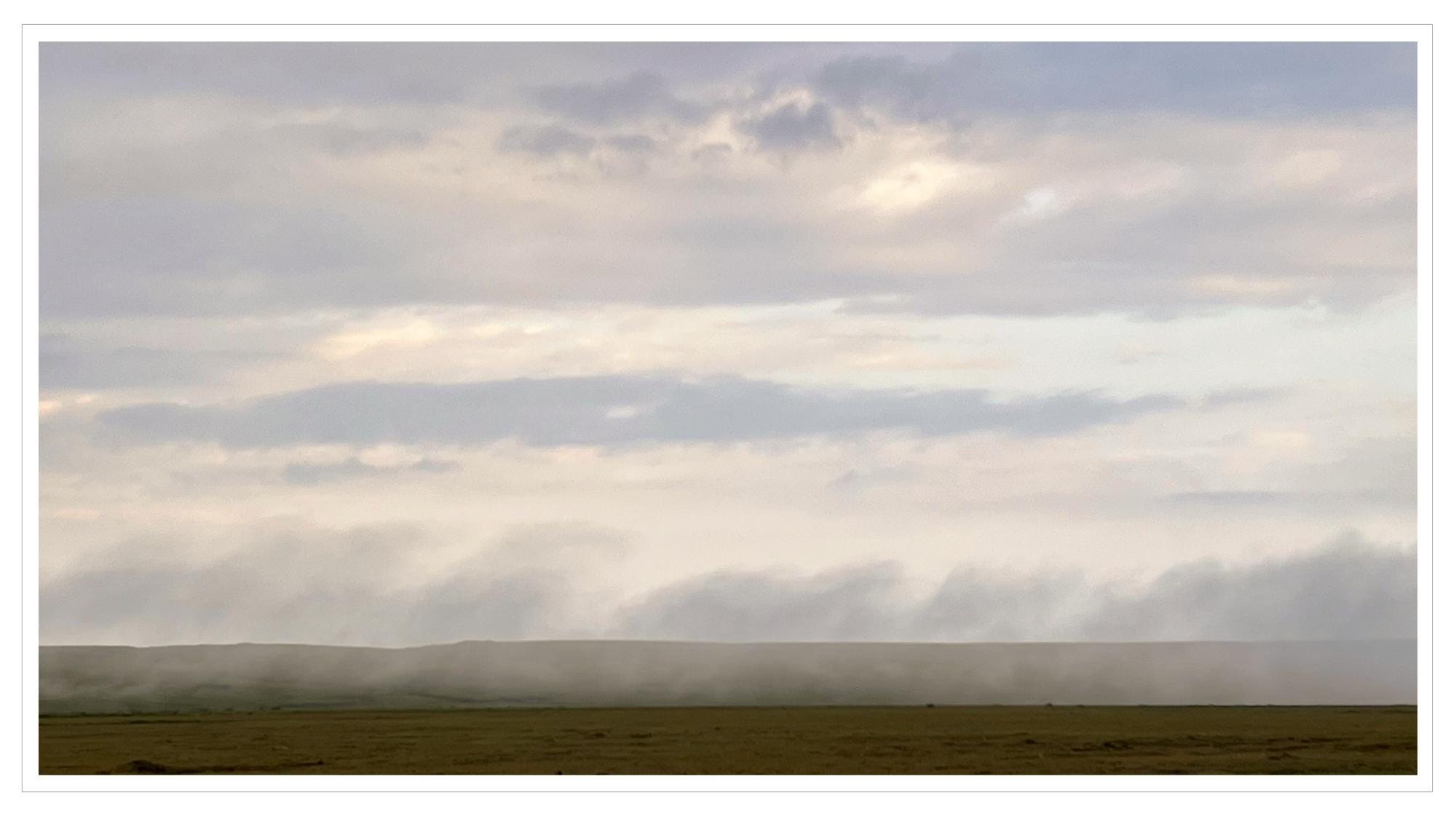
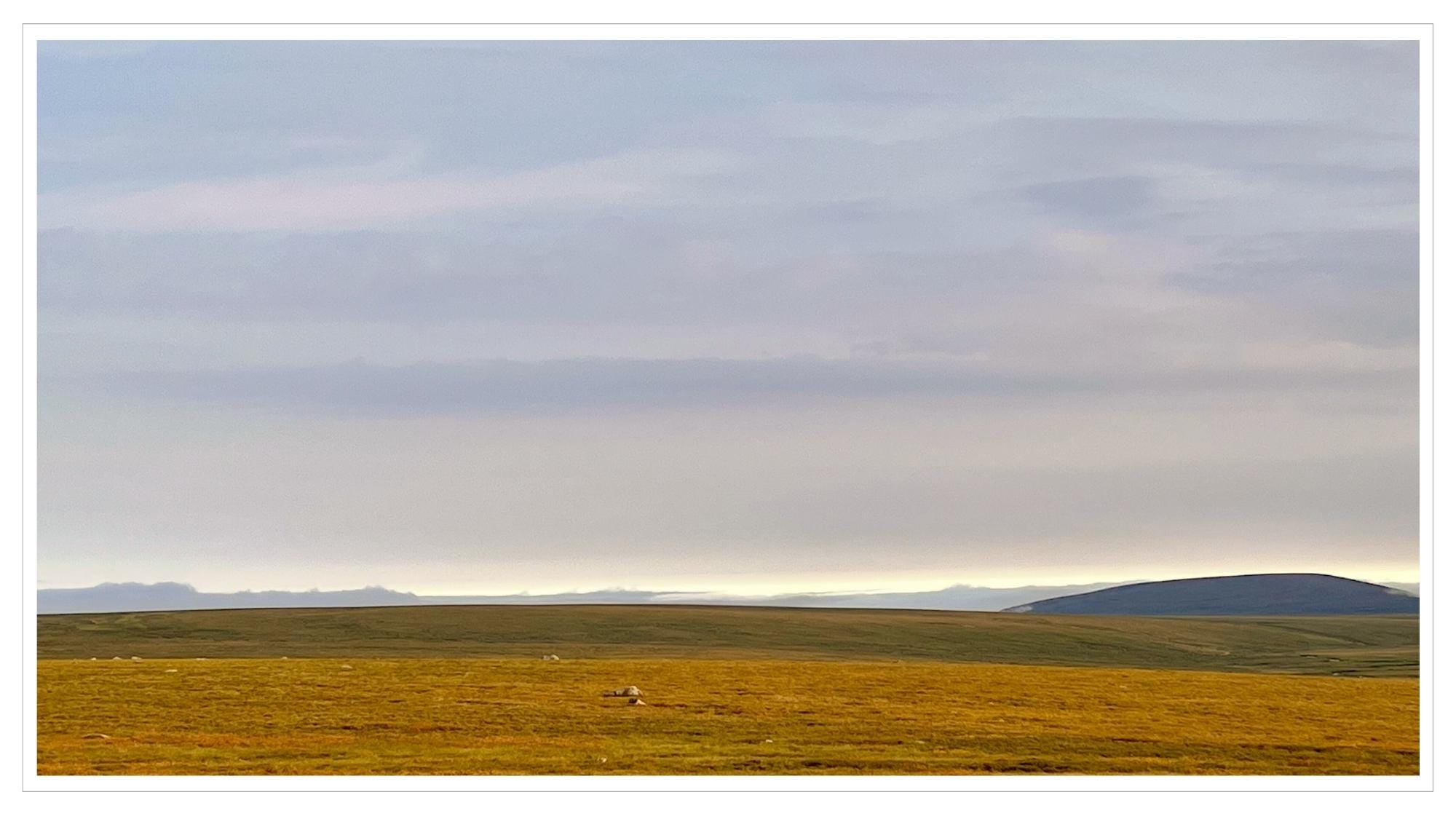
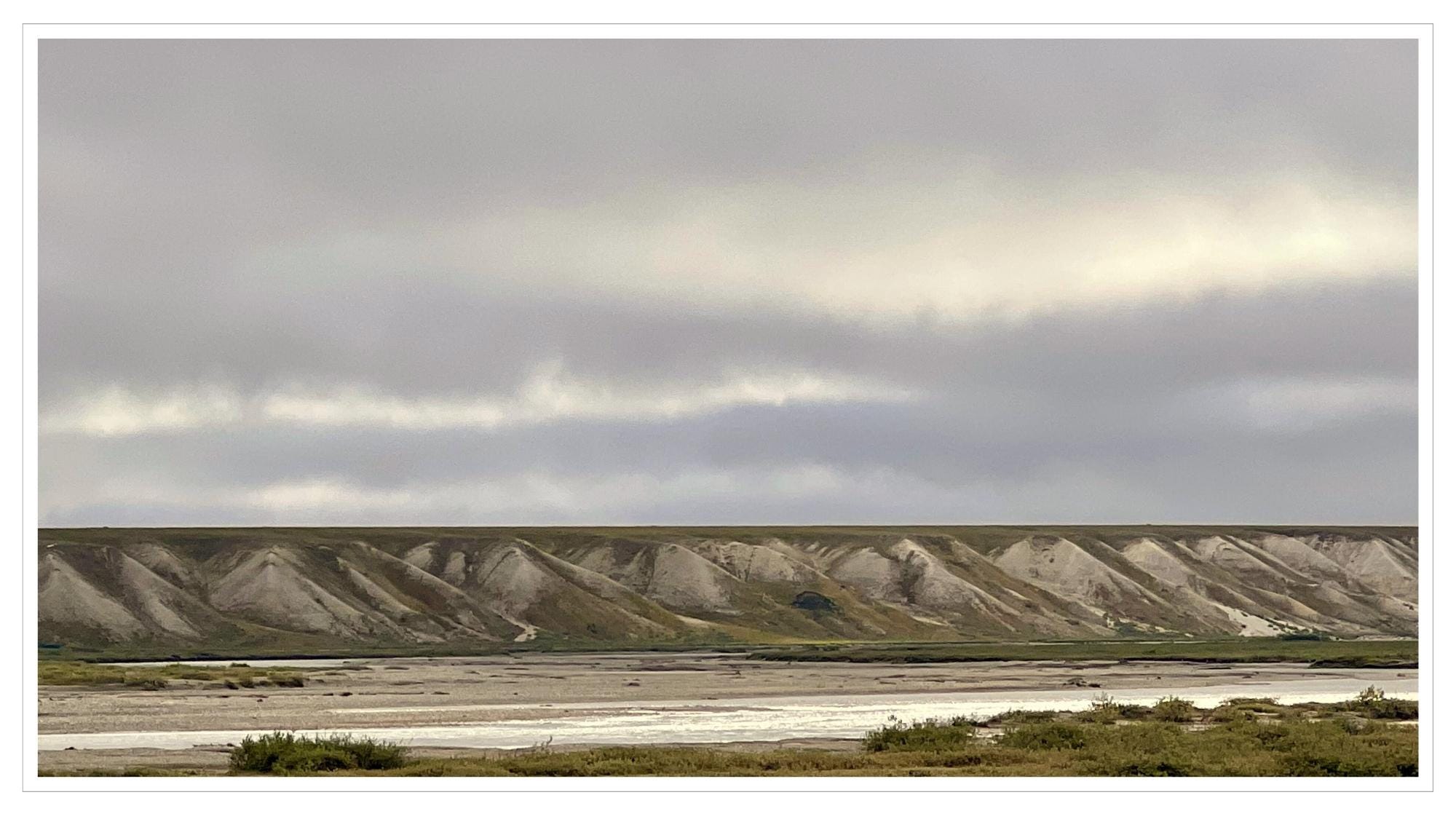
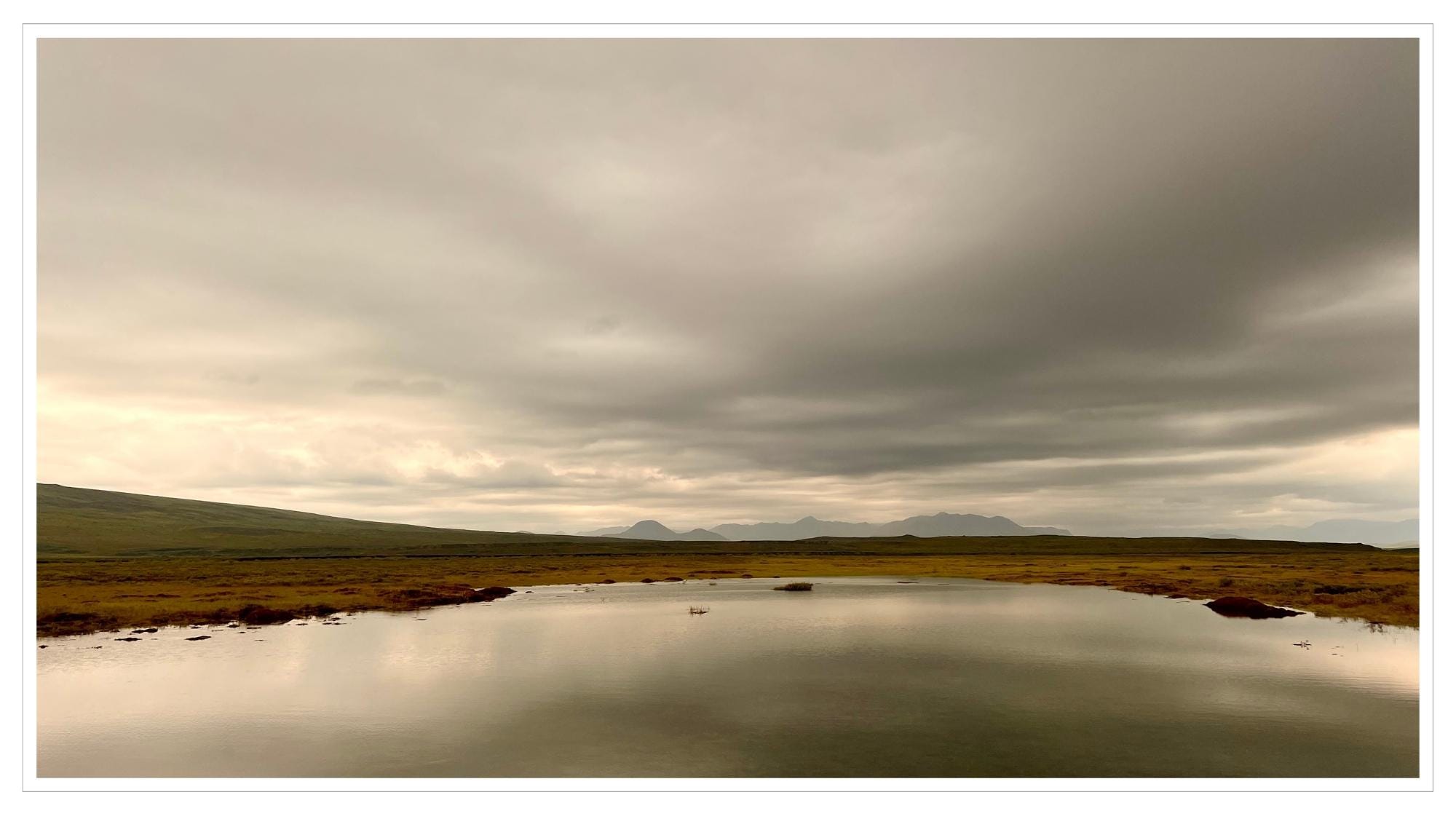
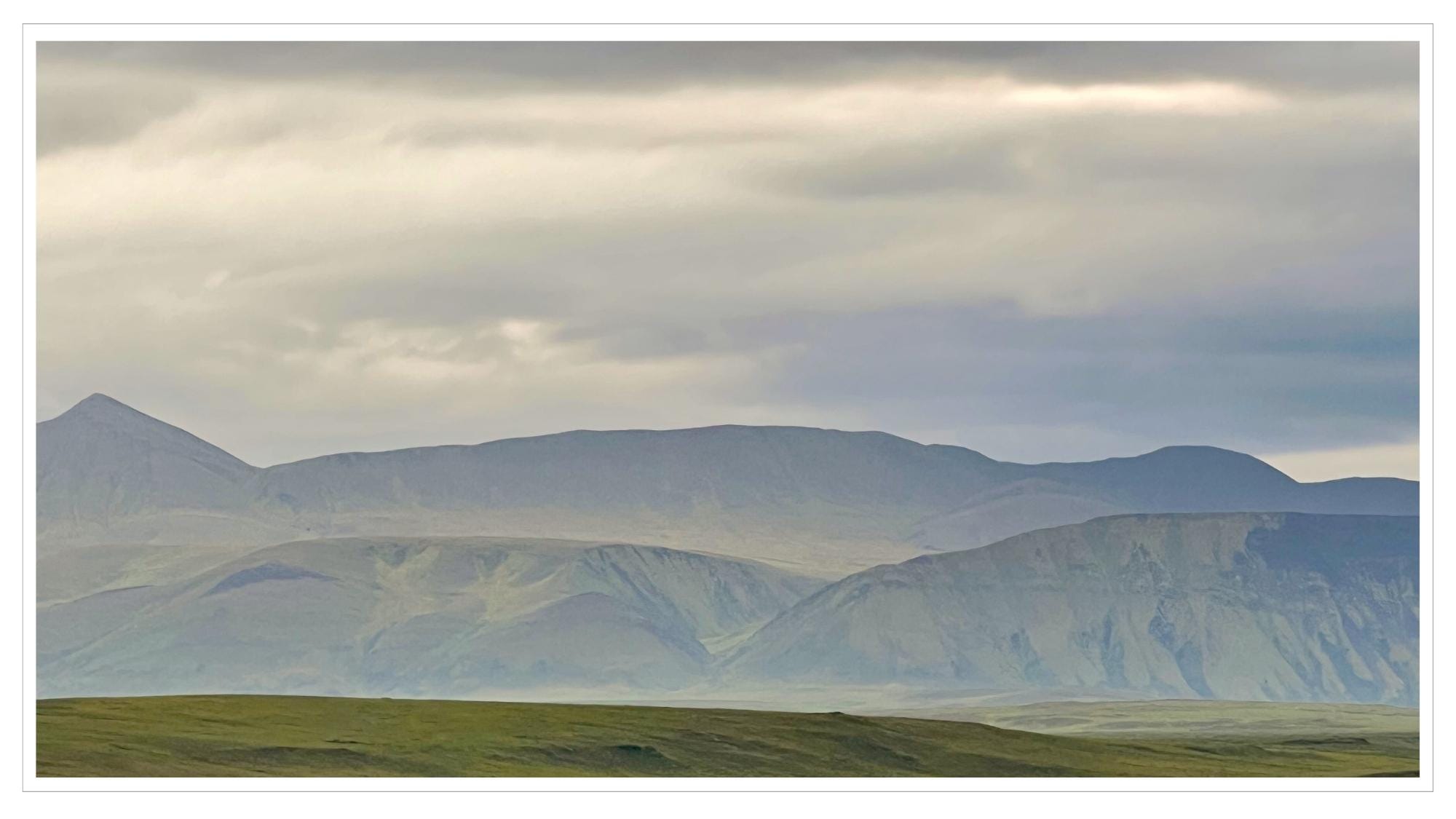
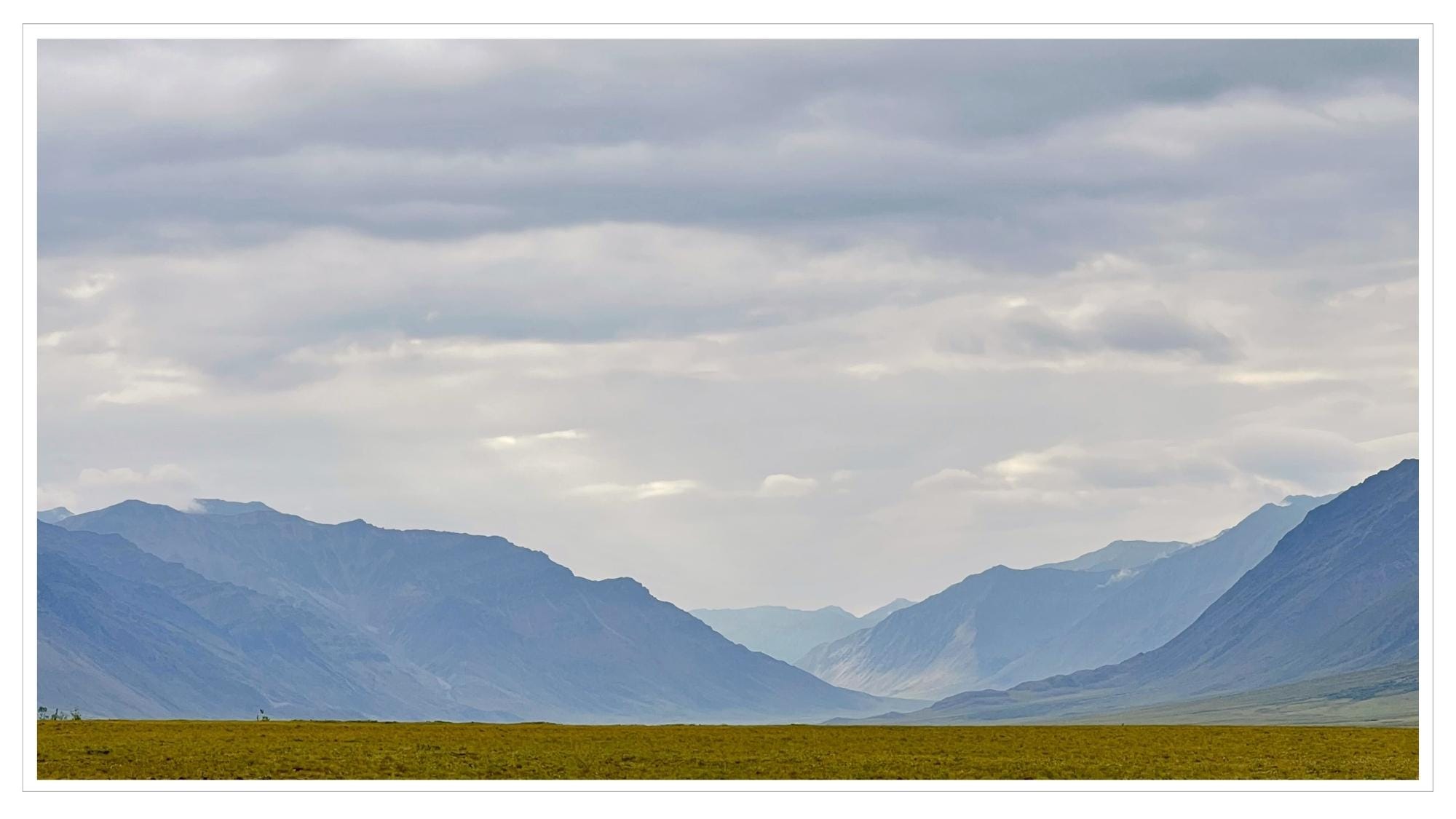
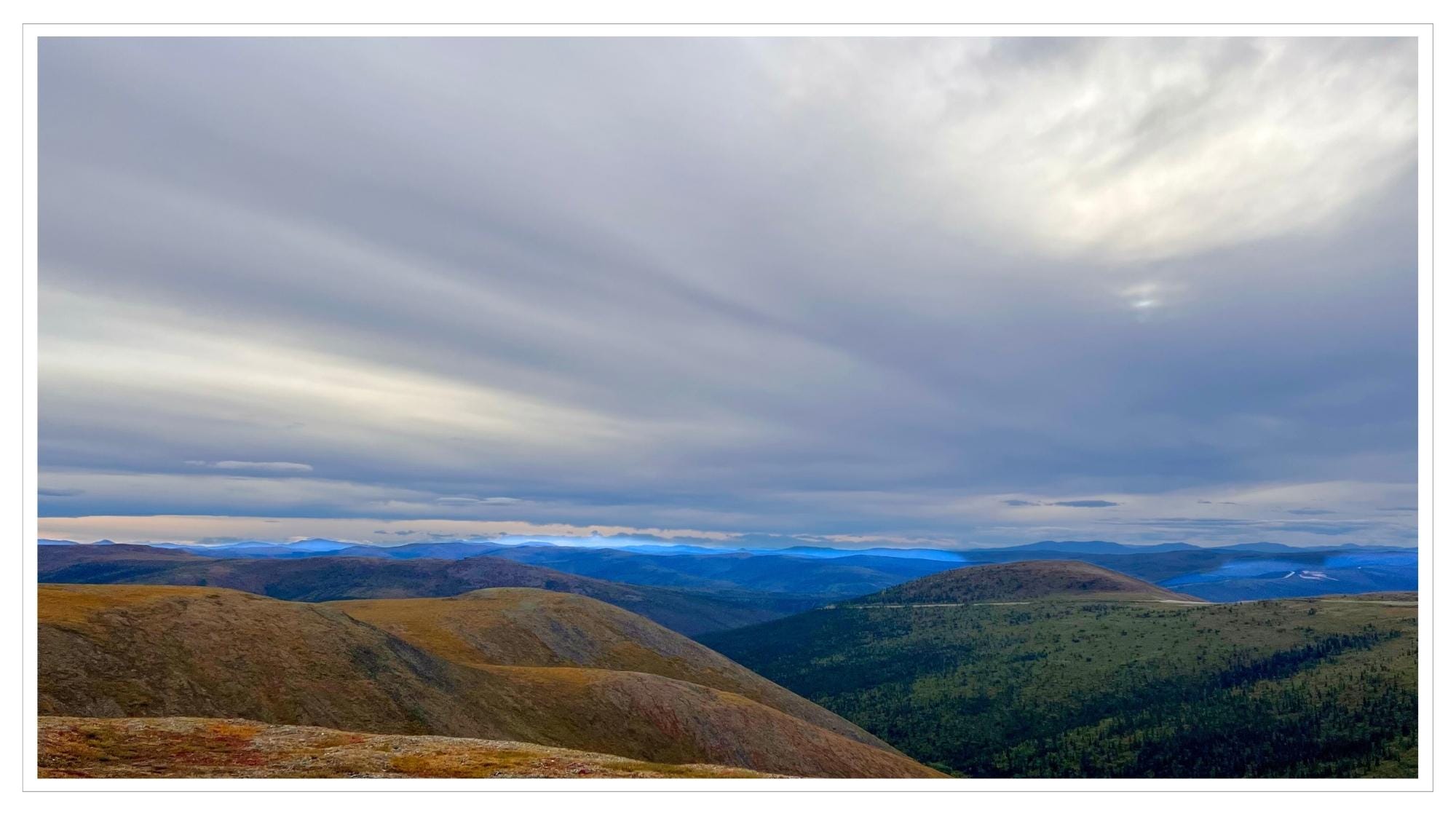
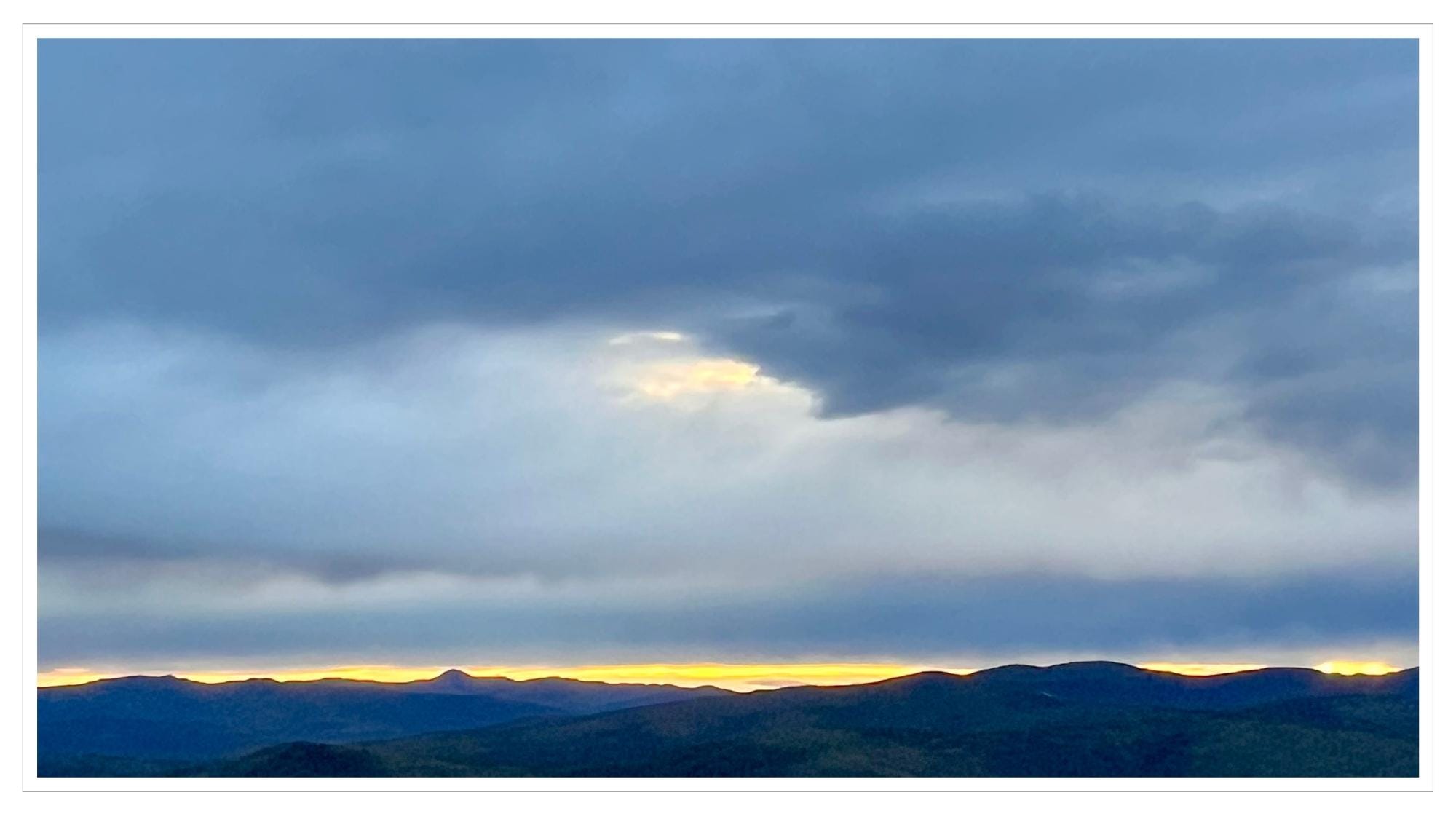
I grew up with the aurora borealis. It was a normal part of my childhood, a frequent occurrence. As happens in so many cases, it was only by moving on from that life, and becoming a different person, that I look behind me to see the staggering beauty that I took for granted.
This lesson made me teach my own children not to do that. The majesty of the mountains and forest that surround us here in British Columbia - we notice, absorb, respect, and know how fortunate we are to witness this incredible beauty.
I love the field of giving and receiving you have created Renee, thank you. Safe journey❤
My first instinct is to reach out and touch these images as if I could lay my hands upon the grass, upon the moss, even upon the clouds. Then I withdraw my hand as though I would wake the sleeping giants that slumber there. This is to remind me that the landscape is forever changing and we are all at once a part of it, yet separate. We embrace the ongoing uncertainty the same as we do the landscape. With awe, with gratitude, with appreciation, with oneness. We cannot capture clouds as we cannot capture stars, they are already gone before we reach them, so we remain suspended in love, in time, in blissful patience. 🙏💫